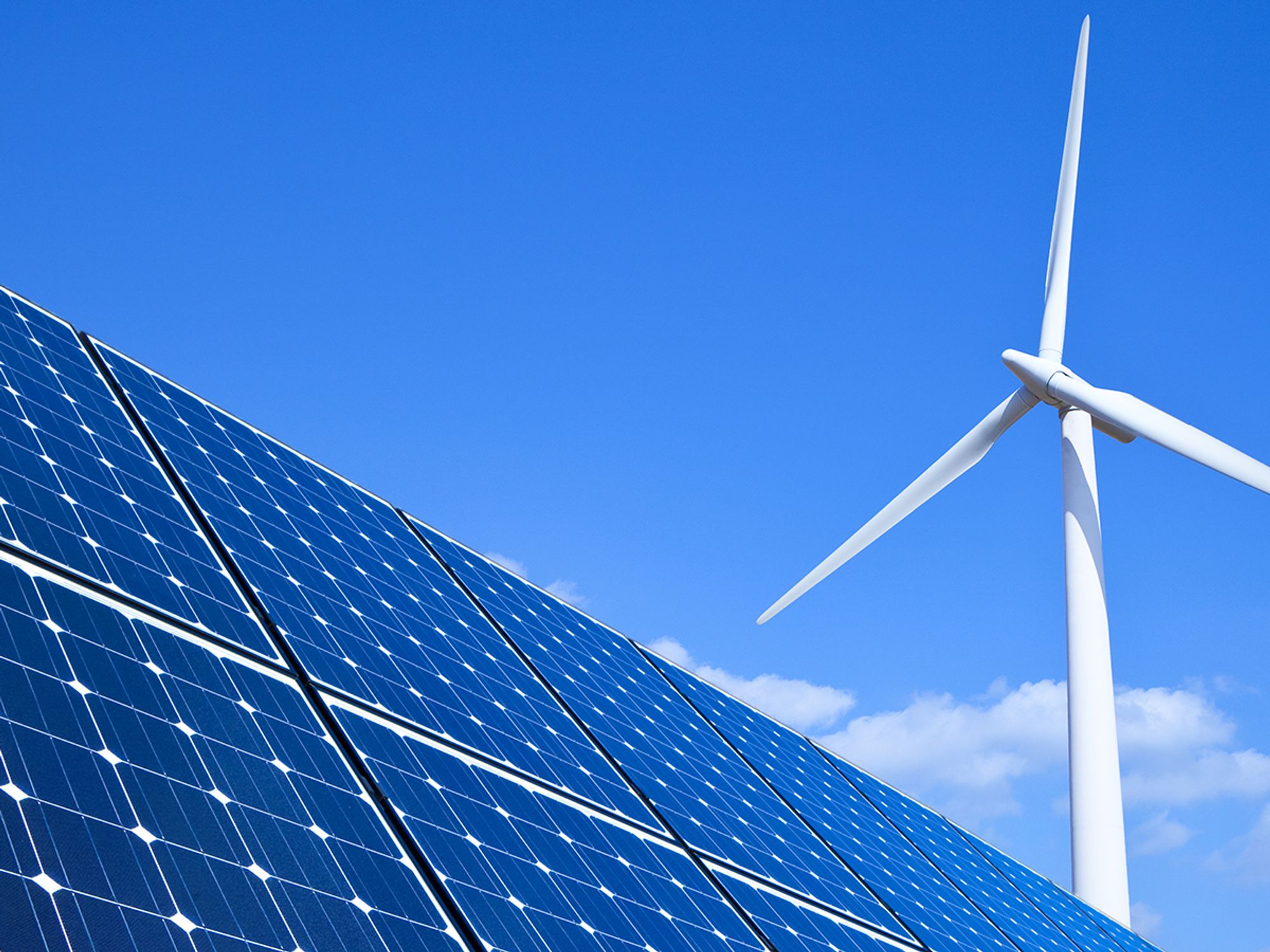Renewable and alternative energy

Different organizations, varying in size, are looking into how to use green power sources to lower emissions of greenhouse gases and aid the planet. A much-needed force in supporting renewable energy resources is the growing commitments of smaller businesses and organizations. Depending on the state, a company might have a say in who generates the electricity. In states that have competitive retail electric markets, electricity suppliers compete for a company’s business. An organization can browse to find electricity suppliers who provide different kinds of green power product options. If the state is traditionally regulated contact the electricity supplier about these green power product options.
Renewable energy certificates (RECs) are included in utility green power product offerings. These RECs are bought and retired on behalf of the consumers who sign up for the various green power products and plans. RECs stand for the technology and environmental features of electricity produced from renewable sources. They are the currency used for acceptable purchases of green power.
As a best practice, the Environmental Protection Agency (EPA) advocates that consumers search for green power products that are certified and verified. Products that are certified and verified by an independent institution deliver trust that the product meets federally accepted standards for quality and content. They certify that the customer is getting the product they properly paid for.
Partaking in shared renewables is a growing choice that allows more than one customer to buy, lease, or subscribe to part of a renewable energy project that is usually in a company’s county or state. It is very appealing to electricity customers who want to assist emerging renewable resources but do not have a business that is suitable for a renewable energy generator onsite.
However, installing a renewable energy project onsite may be an option for some businesses. There are typically two options available:
- Self-Financing. With this financing the customer is the one who pays for the onsite project. This tactic requires upfront funding, but the customer can lower electric bills and can decide to be green powered by keeping RECs produced by the onsite project.
- Third-Party financing. With this financing the customer is the one who goes into a contract or lease with a certain project developer who will own and run the renewable project on the consumer’s land. The customer does not have to provide upfront funding, but they usually agree to buy electricity for a time period of 7-20 years. If the customer wants green power, they need to buy RECs as well.
